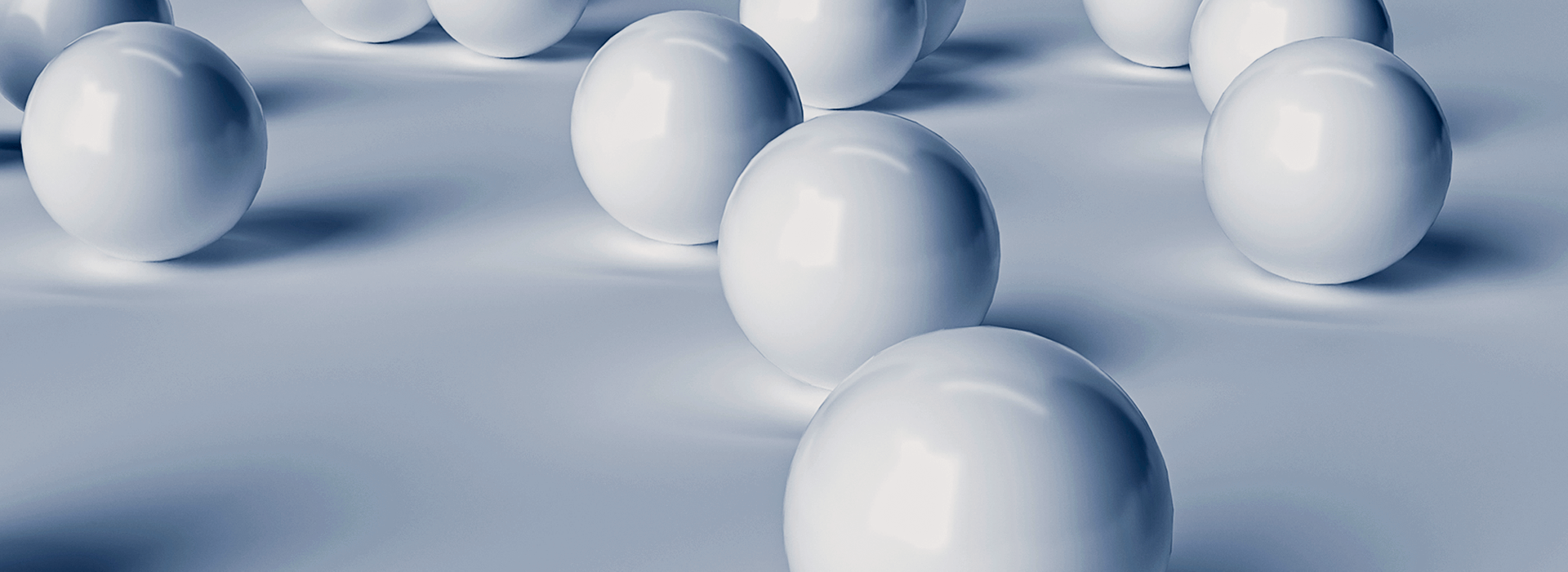
When cutting wear-resistant ceramic lining plates, the power supply for the construction equipment should be turned off and a warning sign saying "No Closing Allowed When Operating" should be hung. Before using cutting or welding equipment in an underground or enclosed area, the gas and dust content must be checked. The operation can only be carried out if the gas and dust content is within the safe range; otherwise, accidents may occur. After the installation work is completed, the tools, ironware, welding slag, etc. in the installation area should be cleaned up. A good wear-resistant ceramic lining plate has a flat surface without black spots, smooth texture, uniform color, and a jade-like feel. The color of 92% alumina wear-resistant ceramic lining plate is white, and that of 95% alumina wear-resistant ceramic lining plate is slightly yellow.
The service life of ceramic lining plates is greatly affected by the size of the medium and the particle size of the feed: the diameter of the steel ball and the diameter of the feed particles directly affect the service life of the ceramic lining plate. Although ceramic lining plates have many advantages, due to technical and material reasons, they still have some shortcomings. Compared with traditional steel lining plates, ceramic lining plates have many advantages, such as high wear resistance, acid-alkali corrosion resistance, lightweight and easy to disassemble, and low noise during operation, which have been widely recognized by the industry. Rubber cannot be exposed to ultraviolet radiation for a long time. Rubber is prone to molecular changes in an environment with ultraviolet radiation, which can cause the ceramic lining plate to fail. It cannot be used in materials with high strength, as the rubber is relatively soft. Although rubber has elasticity, excessive force can still cause damage to the surface of the ceramic lining plate. It cannot be used in situations where there is a large amount of steel ball impact and crushing, which is similar to the second point. It cannot be used in high-temperature environments.
The stability of kiln temperature is particularly important for wear-resistant ceramic lining plates, especially those with a thickness of less than 10mm, as rapid heating or uneven heating and cooling can cause deformation of the lining plate. Black spots are impurities that have not been removed from the alumina powder. Before packing wear-resistant ceramic lining plates, the surface alumina sand should be ground off. The welded wear-resistant ceramic lining plate accessory iron bowl shape should match the inner hole of the lining plate. The weight should not be less than 5 grams, and the porcelain cap should fit snugly into the reserved hole and be flat. The tolerance should be measured using a vernier caliper to measure the length, width, and height of the wear-resistant ceramic lining plate. Alumina ceramics have a certain shrinkage ratio, so they all have a certain tolerance range.
Density measurement can be used to calculate the alumina content. The density of 92% alumina wear-resistant ceramic lining plate is 3.6g/cm3, and that of 95% alumina wear-resistant ceramic lining plate is 3.65g/cm3. Accurate density measurement is done using the drainage method. Hardness testing can be conducted under experimental conditions using methods specified in GB/T16534. Wear resistance testing is performed by sandblasting at a pressure of 4.0kg/cm3, a distance of 50mm, an ejection angle of 45 degrees, and a duration of 60 minutes.
Chromium is a relatively expensive alloy element, and China's chromium resources are not abundant. Metallurgists should choose the chromium content of high-chromium cast iron reasonably to make it technically reasonable.
From an economic perspective, the casting process for ceramic lining plate castings and the casting performance of ceramic lining plate casting materials are related. In order to produce sound ceramic lining plate high-chromium cast iron parts, the casting performance of this alloy should be understood. As mentioned earlier, depending on the different structure and performance requirements of ceramic lining plate castings, the composition of ceramic lining plate high-chromium cast iron can vary greatly. Changes in composition also affect the casting properties of the alloy. This is because the composition directly affects the range of alloy solidification temperature, liquidus and solidus temperatures, eutectic point position, solidification mode, alloy liquid stoppage mechanism, and shrinkage properties. The main factors that affect capability and efficiency are the thickness of the ceramic lining plate, and the smaller the grinder specification, the more severe the impact. The structural shape of the rubber pressure strip lining plate affects the movement of the steel ball.